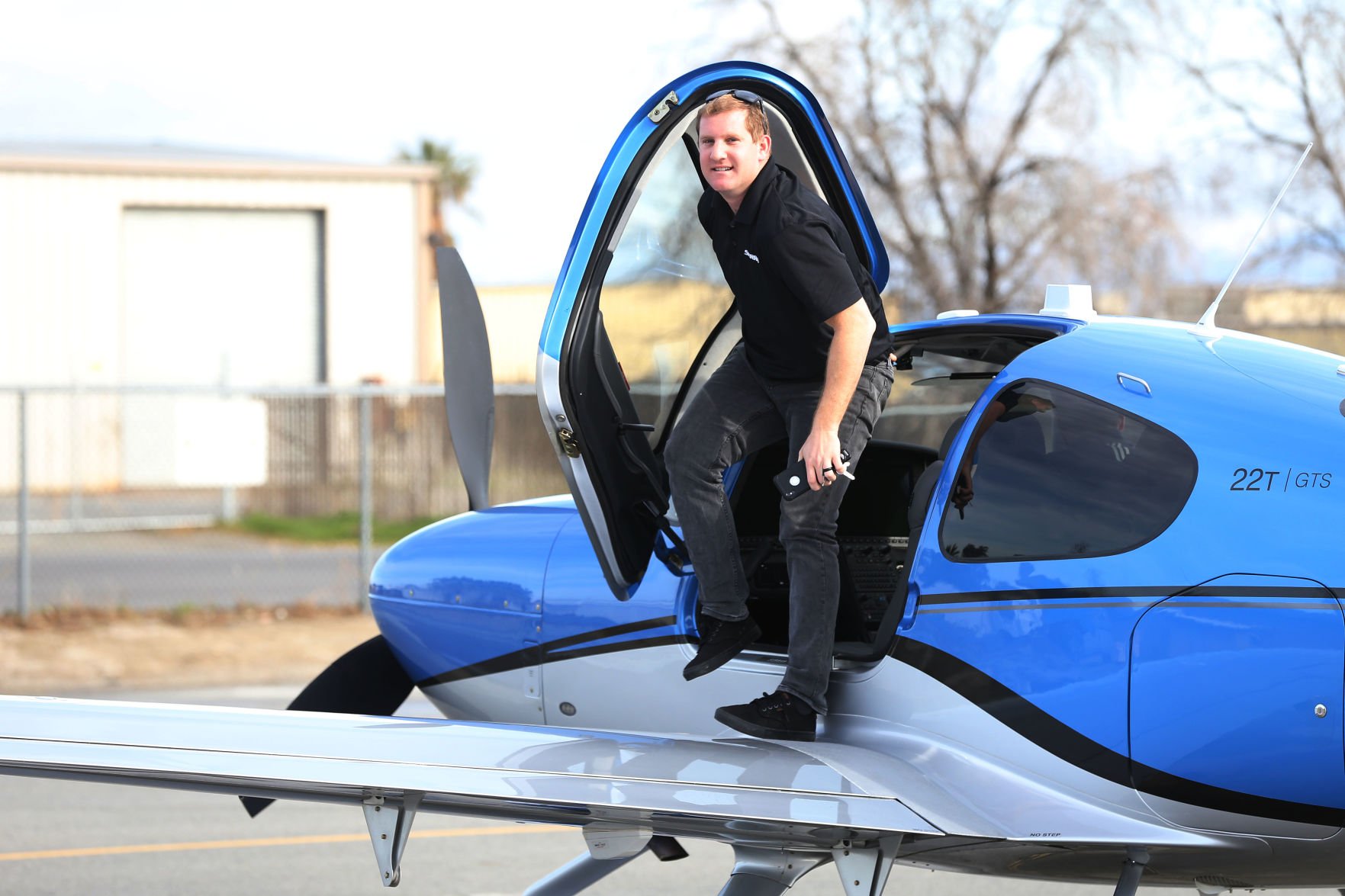


I found that rather than one exam being better than the other, the two exams complemented each other.ĭisqualifying conditions under the rules for BasicMed and the Third-Class Medical are conditions that deal with 1) the heart (myocardial infarction, permanent cardiac pacemaker, etc.), 2) the psyche (bipolar disorder, substance abuse, etc.) and 3) the nervous system (epilepsy, unexplained loss of consciousness, etc.). Both physicians were diligent and thorough. My AME ran more vision, hearing and proprioceptive tests. My PCP ran more tests (blood tests, ultrasound screening for abdominal aortic aneurysm, electrocardiogram) for internal medical diseases. On the other hand, my AME was more knowledgeable about the demands of aviation on my body. While both exams included a detailed history and physical examination, my PCP was more familiar with my medical history as he sees me every six months. My state-licensed and FAA-approved aviation medical examiner (AME), who sees me every two years, did the medical exam and filled out the FAA medical form. My state-licensed primary care physician (PCP) who sees me every six months did the medical exam and filled out the BasicMed form.įor the Third-Class Medical, I did not need a prior medical certificate (though I had one). I had to take a BasicMed Online Training Course. To qualify under the BasicMed rule, I needed to have held an FAA medical certificate after July 14, 2006. Here were the important similarities and differences for me. Imagine the three pilot certificates as follows.Īs I stated in the opening paragraph, I obtained a Third-Class Medical Certificate, and I qualified under the BasicMed Program this year. To fly as a Recreational Pilot, you must possess a valid FAA medical certificate (first, second or third class) or fly under the BasicMed rule. While it is true that some of the above limitations (but notably NOT the one-passenger limit) can be lifted individually through instructor endorsement, pilots requiring a large subset of these endorsements are typically better served by obtaining the Private Pilot certification. In addition, a Recreational Pilot may not fly to an airport further than 50 nautical miles from the departure point.

These restrictions include: daytime flights only, carrying not more than one passenger, and altitude limits. With that certificate, a Recreational Pilot can fly bigger aircraft than a Sport Pilot (four-seat maximum as opposed to two), a typically faster airplane (180 hp maximum) than a Sport Pilot may fly but still is limited in many of the same ways that restrict a Sport Pilot. Of these, only 220 were Recreational Pilots as opposed to 174,883 Private Pilots and 5,157 Sport Pilots. As of the end of 2015,there were an estimated 590,039 active certificated pilots in the United States. The least-common pilot certificate is the Recreational Pilot. To fly as a Sport Pilot, you need only a valid and current U.S. To fly as a Private Pilot, you must possess a valid and current FAA medical certificate (first, second or third class) or fly under the BasicMed rule. A Sport Pilot may do so only with additional instruction and endorsement. A Private Pilot can undertake flight into class B, C or D airspace. A Private Pilot, but not a Sport Pilot, may perform sightseeing flights benefiting a charity or community. A Private Pilot may carry more than one passenger, whereas a Sport Pilot may not. The Sport Pilot is limited to 1,320 pounds maximum certified gross weight and a maximum of two seats. As pertains to aircraft size, a Private Pilot is unlimited though certain aircraft will require specific type ratings. We will start with a comparison of the two more common certificates, Private Pilot and Sport Pilot.


 0 kommentar(er)
0 kommentar(er)
